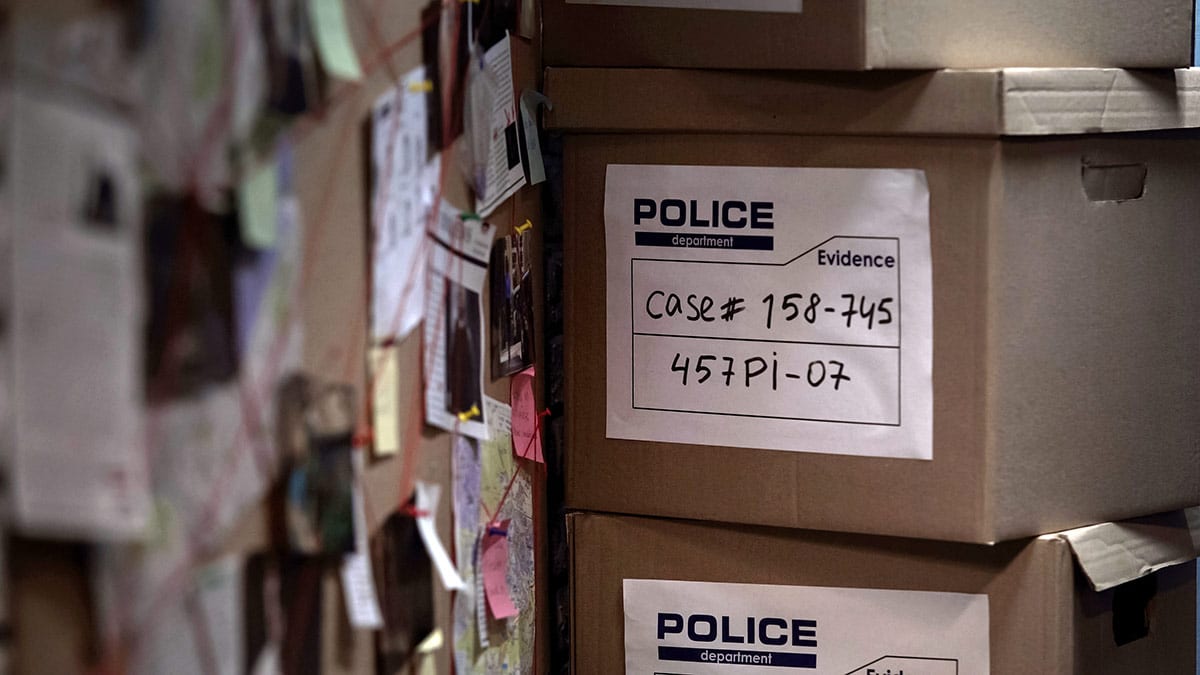Generally speaking, the United States Supreme Court dos not involve itself with death row cases. But occasionally, state courts occasionally don’t leave the Supreme Court with much choice. On Wednesday, the Supreme Court overturned Richard Glossip’s murder conviction and death sentence for violations of Due Process and ordered a new trial (Glossip v. Oklahoma).
Richard Glossip has been on death row since 1997 after Justin Sneed beat Barry Van Treese to death with a baseball bat and said that Glossip had instructed him to do so. Although his original conviction was overturned in 2001—with the Oklahoma Court of Criminal Appeals calling the evidence “very weak”—Glossip was convicted a second time after a retrial in 2004. In 2015, Glossip lost at the Supreme Court after challenging Oklahoma’s execution drug cocktail as cruel and unusual punishment.
Glossip has consistently maintained his innocence, and his case has become one of the most well-known death row cases—attracting a great deal of attention. This attention led the Oklahoma legislature to retain a law firm to conduct an independent investigation into Glossip’s convictions. That investigation ultimately discovered that the prosecutors had destroyed evidence before Glossip’s second trial, had falsely portrayed Snead, and relied on a crooked police officer who was later jailed for false statements. After the investigation’s report was filed, the State disclosed seven boxes of previously withheld documents containing records from the prosecutor’s office. These boxes included notes sent from the lead prosecutor, Connie Smothermon, to Sneed’s attorney about problems in the case.
Based on the report and evidence in the newly disclosed boxes, Glossip moved for post-conviction relief. That petition was rejected as procedurally barred and meritless, but shortly afterwards, the State disclosed yet another box of material that had been withheld from the defense. This new box contained evidence that Smothermon had knowledge about Snead’s mental health history and medications and solicited knowingly false testimony from Snead about his history and medications without correcting it. This new evidence led Glossip to file another post-conviction petition for discovery violations, knowingly false testimony, and actual innocence—as well as the cumulative effect of these and other errors. Critical to these claims was Napue v. Illinois, a Supreme Court case from 1959, which held that when the prosecution knowingly solicits false testimony it violates Due Process. This time, however, the Oklahoma Attorney General’s office supported the petition’s claims about discovery violations and knowingly false statements.
Despite this concession from the Attorney General’s office, however, the Oklahoma Court of Criminal Appeals held that Glossip’s claims were procedurally barred and that evidence uncovered in the most recently disclosed box did not demonstrate Napue error. The Supreme Court then stayed Glossip’s pending execution and granted his petition for a writ of certiorari.
After addressing the jurisdictional thicket created by how Glossip’s case arrived at the Supreme Court, the Court immediately “concluded that the prosecution violated its constitutional obligation to correct false testimony.” The newly disclosed evidence showed that Smothermon “knew Sneed’s statements were false as he testified to them.” Moreover, “[b]ecause Sneed’s testimony was the only direct evidence of Glossip’s guilt,” Sneed’s false statements were clearly material since “the jury could convict Glossip only if it believed Sneed.”
The Court then explained that the Oklahoma Court of Criminal Appeals’ decision appeared to rely on a mistaken view of Napue. That court’s decision placed the burden on the defense; but, under Napue, Due Process imposes the duty to correct knowingly false testimony on the prosecution. Here the issue was not that the defense knew that Sneed was taking lithium at the time of trial—the issue is that the defense did not know why Sneed was taking lithium and Sneed lied about the reason on the witness stand.
What normally happens in this situation is that the Supreme Court remands the case to the lower court with instructions to reconsider the case in light of the Supreme Court’s opinion. But that didn’t happen here. Instead, the Supreme Court held that no further proceedings were necessary because “ample evidence supports the attorney general’s confession of error.” Glossip had demonstrated that a Napue violation occurred in his case, the State had admitted that the violation occurred, and therefore Glossip is entitled to a new trial.
Perhaps, if the State of Oklahoma decided to try Glossip a third time, it will attempt to do so without violating the Constitution.

